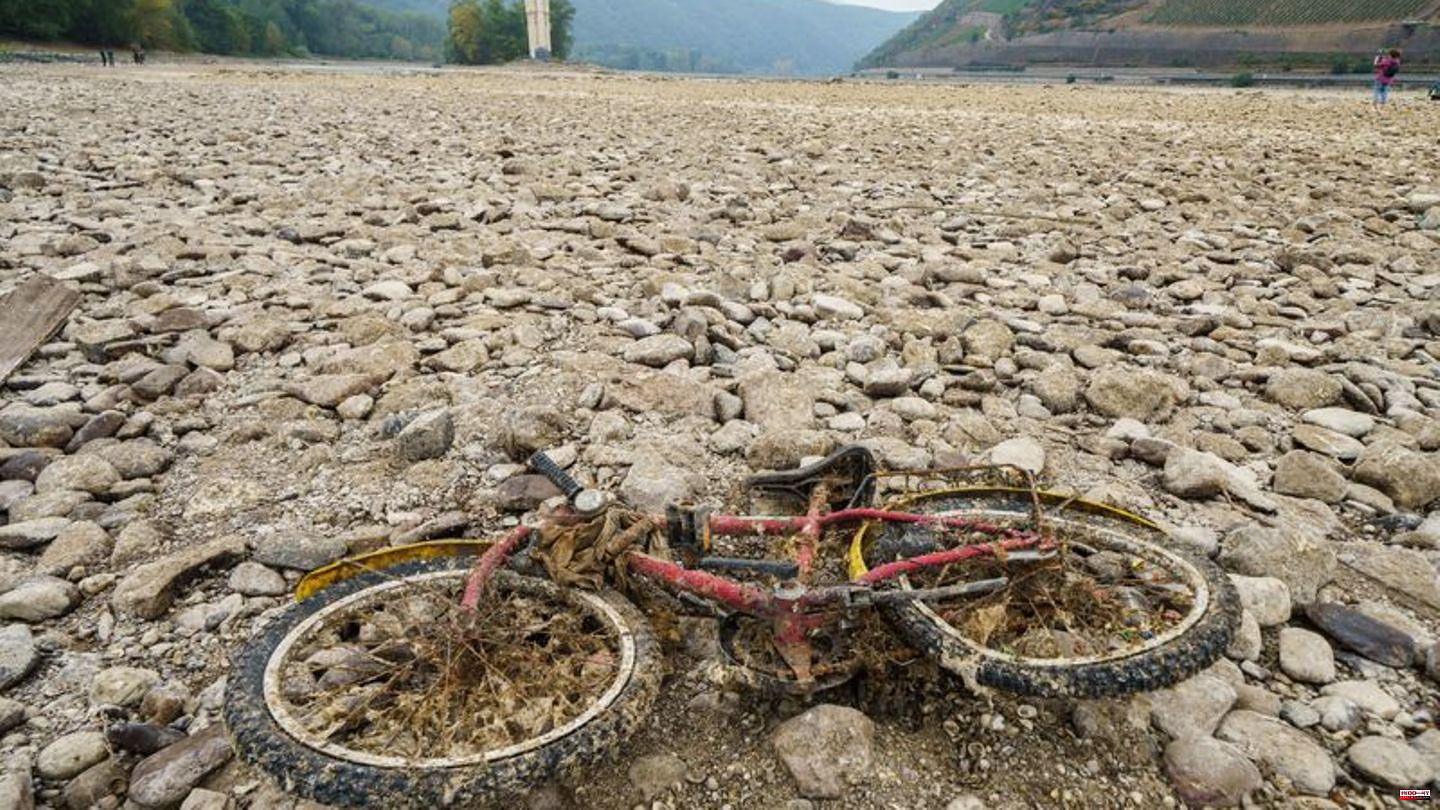As a result of climate change, Western and Central Europe must expect extreme droughts like this summer every 20 years - even if the earth did not warm up any further. This is the conclusion reached by a group of around 20 international researchers who, among other things, compared weather data from the pre-industrial era with that of today.
In western and central Europe, after about 1.2 degrees of man-made global warming, droughts have become at least three to four times more likely, according to research published by the World Weather Attribution initiative. Without global warming, a drought like this year in Europe would only have been expected every 60 to 80 years.
Agricultural and ecological drought
The researchers paid particular attention to the dryness of soils in June, July and August of this year. They looked at the first meter below the surface of the earth, which is particularly important for the water supply of plants. If this has dried up, experts speak of an agricultural and ecological drought.
The researchers are able to show that higher temperatures caused by climate change led to the widespread droughts this summer. "In Europe, droughts have led to lower harvests," said German climate researcher Friederike Otto of Imperial College London, according to a statement. "This was particularly worrying as the droughts followed climate change-related heatwaves in southern Asia, which have also destroyed grain crops - all at a time when food prices were already extremely high due to the war in Ukraine."
More than 24,000 heat deaths
According to the researchers, this year's summer was one of the hottest ever measured in Europe with a total of more than 24,000 heat deaths recorded.
The scientists point out that despite the enormous advances in research, it is difficult to measure exactly what contribution global warming has to a single drought event. This is also because soil dryness is more difficult to measure and calculate than temperatures and precipitation, for example. Therefore, the results of the study are extra conservative. This means: According to the researchers, the actual influence of man-made climate change is probably even higher.
Twentyfold chance of drought in northern hemisphere
In addition to western and central Europe, the researchers also looked at the increase in droughts across the entire northern hemisphere and came to even more drastic results. There, the probability of a drought summer like this year has even increased twentyfold. While such droughts can be expected every 20 years today, without man-made climate change they would only occur about every 400 years.
However, the researchers point out that the results for the northern hemisphere and western and central Europe cannot be compared directly because of the different areas.
"We have to stop burning fossil fuels if we want to stabilize the climate and avoid further worsening of these drought events," said Sonia Seneviratne, a participating researcher at the Swiss Federal Institute of Technology in Zurich, according to the release. With each further increase in global warming, droughts would become more frequent and more intense.












